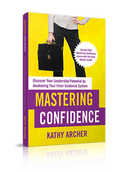|
Some days are hard
Sometimes many days in a row are hard. Just a few days ago, my husband and I attended the funeral of a colleague of his and a father of three daughters, two of which are friends with our girls. That's the second of my one daughter's school friends that have lost their fathers in the last month. Yesterday I learned that a colleague of mine lost her adult son, the father of my colleague's grandchildren. On a coaching call this week, I spoke with a client who had just lost their father-in-law and, within a day, found out that their mother may only have a few days left to live. On social media and in conversations, I listen to stories of the ongoing war and the rising costs of everything. I hear references to so many "isms," inequities, injustices and downright stupidity. This week there was mass destruction in a storm that ravished eastern Canada and many deaths. And there was another school shooting this week. My heart aches—the tears flow. I wonder why. I sob What do I say to you this week? How do I create hope and optimism for you? What words can I offer that can make any difference? I don't know the answer to that. What I can tell you is how I make my way through it. If what I do can offer you any hope, I offer it to you also. One fundamental belief I live by is that I can't change anything other than myself. I wish I could impact everyone, but I can't touch everyone in the world. But I believe that the way I positively impact others through any connection I have can have a ripple across the globe. I remind myself my purpose here on earth is to bring the light. So after reading the latest news this morning and feeling my heart drop once again, I had a choice to make. I could go down the social media rabbit hole and get angry, scared and depressed, or move through the pain and shift my energy. So I played Let the Light In and, through my tears, reminded myself that I must do that. What's interesting, though, is that letting the light in with you or for myself is not just shifting our focus to the positive. Instead, before we can move to the light, the positive or the joy, we must stay in the dark for just a little bit longer. We need to stay where we are and experience this hurt, pain and sorrow before we can let it go. I was coaching a client this week, and through her tears, we talked about how lonely Leadership can be. When coaching another client, we talked about the anger and frustration with the organization she works with. In a third coaching conversation, we stayed with my client's irritation long enough to name it and identify the trigger. We stayed in the dark, the yucky and uncomfortableness, each time, rather than hop over it. I learned a long time ago that numbing out pain, hurt and darkness does not work. Numbing out the "bad" emotions also numbs joy, contentment, inner peace, and happiness. We need to experience the full range of our feelings to experience the full range of our emotions. Otherwise, we feel more flatlined, which does not feel good either. To let my light in and let my light shine and help you do the same, I must crumble to my knees in moments like this and fall apart. I must pray through my tears as I feel my heart breaking wide open. It is only when I experience those cracks that I can then allow the light to shine in When I can feel the whole range of emotions, what hurts like hell, can I then experience what feels so good! Last week I went for a walk and crossed paths with a young boy walking home from school. We had a little chat. The conversation was nothing crazy, nothing miraculous. We talked about his day at school, where we lived, and who we knew in common. Yet, when I walked away from that moment, I realized I felt immense joy. I'm sure my heart was glowing. Such a simple, ordinary, inconsequential encounter had such a profound impact. But, here's the thing, I can't feel that joy without feeling today's deep sorrow and pain. I can't feel the softness of my granddaughter leaning into me for a hug and telling me she loves me, and stay there just a little longer, soaking in love, contentment and pure bliss, if I hadn't cried in sorrow earlier in the day. I can experience the awe of an eagle soaring over our family picnic for several moments, lost in his freedom, ease and grace, and feel that wash over my body, calming me and bringing me peace. I can feel that because I also let tears fall when I read another news story of loss, devastation and hate feeling just as profoundly in that moment, at the bottom of the arc. If you're interested in my advice about dealing with all that is "wrong" with the world, it is this: Feel the full range of your emotions. Let yourself experience whatever you're experiencing.
Life and leadership are about ups and downs. There's no way around that. If you don't want to get stuck in the mundane, the rat race, the flatline of feelings ebb and flow with everything. Here are 4 resources to help you LeAnne Rimes - Chant Album Spotify Apple Music This is my go-to album when I need to feel — Feel joy, sorrow or just feel whatever I can not name. Atlas of the Heart - Brene Brown A reference book for 87 emotions I come back to it repeatedly to understand, feel, and make a bit more sense of what I am feeling. Unlocking Us Podcast Episode Atlas of the Heart, Audience Q&A, Part 1 of 2 with Brené Brown, Ashley Brown Ruiz, & Barrett Guillen At minute 20, they answer a listener's question on compassion fatigue and secondary trauma It's easy to think that we have compassion and empathy for the world around us, but we are often creating secondary trauma in ourselves, which is not helpful either. Brene's answer to this question helped me understand why I felt so incredibly distraught after the funeral I attended on Saturday. I had gone into secondary trauma, imagining what would happen if my husband died and how our kids and I would cope. I was reliving the experience, having climbed over the metaphorical fence as Brene talks about. Note, Brene references the Sandy Hook shooting :-( Permission to Feel - Marc Brackett While the subtitle is Unlocking the Power of Emotions to Help Our Kids, Ourselves, and Our Society Thrive, the book is full of learning for adults. Mark provides tools to help develop your emotional intelligence, including his RULER framework and Mood Meter. I use these with clients frequently. I won't tell you that it's easy, but this is the only way I know how. Feel free to show your other strategies with me so that we may all learn together how to navigate this world we live in. I am sending you much love, hugs and light today!
0 Comments
Do you care what other people think about you?
Do you sometimes wonder what your employees think about you? Do you care? If you're human, the answer is probably yes. We all care what people think about us. And the truth is we all want to be liked. To be liked or selected means we belong. And belonging is the very basis of survival. We've learned: Don't worry what others think about you Yet we've been taught not to worry about what other people think about us, that we put too much weight on what other people think about us. Instead, we are encouraged just to do our own thing. That belief is wrong in leadership But in leadership, you should be worried about what people think about you. Not necessarily as a popularity contest or worry so much that people like you, but instead, that your team members respect you. If you want to have loyal employees and create a culture that welcomes those employees and keeps them around long term, what people think about you matters. What others think about your leadership matters in this way What people think about you is your reputation or your character. It's how people define you.
Each of these comments defines your reputation. And your reputation matters. How people define you matters - here's why When I completed my Hogan certification (I'm certified to deliver and interpret this personality assessment), I learned about defining our personality in two different ways. The first part of your personality is your identity. Your identity is the part that you know from the inside. This is how we think about ourselves and want others to see us. Your view The problem is our view of ourselves is not always reflected in our behaviours. How we see ourselves is rarely how others see us. It's simply the story you tell yourself and others about you. The observer's view Your reputation, on the other hand, is the observer's view. It is based on your behaviours. Your reputation reflects how others observe and evaluate your behaviour after repeated interactions. Who's view matters more? You might wonder, which matters more, your identity or your reputation? Well, people hire us, fire us and marry us for a reputation. They loan us money, support us, and become loyal employees based on our reputation. As Robert Hogan says, "The you you know is hardly worth knowing." He asserts that it's peer descriptions of our behaviour that predict our reputation and thus our success. How to create your reputation How do you create the reputation you desire? One decision at a time.
You develop your reputation consciously Each time you turn these decisions into conscious choices, you shape how you show up, what people think about you, and thus your reputation. Remember, your reputation plays a huge role in shaping your organizational culture; therefore, it's pertinent that you think about it! 3 strategies for shaping your reputation How to help others think about you ... in the way you want them to think about you. 1) Make decisions about your behaviour more consciously.
2) Create feedback loops Ask people what they think about you! How will you know if you don't ask? Create INFORMAL structures in your everyday leadership to get this feedback.
Create FORMAL structures to get regular feedback from stakeholders you care about, perhaps your employees, peers and community stakeholders.
3) Engage in self-reflective practices By developing a practice of reflecting on what happened, you begin to create meaning from your leadership experiences. This new meaning allows you to deepen the learning of an experience and helps you consider perhaps what you'd like to do differently in the future. This article provides you with 10 reflective thinking questions. You might also find these podcast episodes helpful in developing a self-reflective thinking practice.
Here's why all of this matters so much When you start to intentionally create space to make decisions and make choices to help people describe you and define you the way you want, you'll shape your reputation. As a result, your reputation or character will play a more intentional role in shaping the organizational culture in the way you want. That way, you will be leading a stronger, more engaged, and loyal team that continues to do the incredible work you all choose to do every day. Do you believe your thinking can shape the culture of your workplace?
I know it can from experience! If you want to learn how to use your thinking to create a more optimal team culture, keep reading!!! Your thinking CAN shape the culture or the feel of your workplace Often, we leave the culture of our team up to chance and rarely consciously think about our role in shaping it. The culture is how it feels when you walk into a team meeting, one of the residences, and even how you feel when you get an email from someone. The unwritten rules of a team play a role in defining the team's culture. For example, what happens when someone is late for a meeting?
How to define workplace culture: Every workplace has a specific culture - a feel to it, an impression that it leaves. Your workplace and every other workplace have a certain intangible quality that makes something about it distinct and decidedly different but difficult to define or describe. You know whether you like it or not, want to be there or run away quickly. Creating cultures requires cultivation Culture comes from the word cultivate, meaning to tend to. So, just like the garden, we need to tend to 🌱 the culture of our teams. So often, though, many of us do not care for, grow or nurture the culture of our organizations. We are too busy chasing fires, dealing with crises and solving problems. Reacting to problems is often too late to shape the culture Let's look at what often happens on a team. Things are OK. People are getting along fine. But then you sense that things aren't quite OK. But you don't have time to deal with it, and you hope they'll get OK soon on their own. But they don't! Then one day, things go sideways fast! Something blows up on the team, and we react. Too many nonprofit leaders don't believe they have the time to... This crisis-driven mindset in the nonprofit world leaves us constantly feeling overworked, overloaded, and overwhelmed. As a result, we find ourselves one step away from falling apart and living in survival mode. Because of this, we don't believe we have the time to be more intentional about building the culture of our team, and it gets left up to chance. We don't think like this daily Don't get me wrong, most of us have the odd conversation about what type of work environment we want. Perhaps we annually review our mission, vision and goals. If you have that discussion with your team, you may also talk about the type of values your organization espouses to. But do you talk about them again throughout the year? Do you ever consciously THINK about how you do this daily with your team? We say it...but do we live it? Consider the following statements I pulled from various nonprofit job postings:
I'm sure organizations do have enthusiastic workers and supportive leaders, and employees are proactive in their work with clients. The problem is that enthusiasm ebbs and flows. Somedays, teams work wonderfully together. Then, the next day, not so much. And valuing trust is very different from behaving in a trustworthy manner. Creating workplace culture is not a one-time activity The "things" listed above are not static. They don't happen once and then never again. They must be etched into the culture of your team through daily actions and regular habits. As the leader, you need to be intentional, conscious and deliberate about how that happens. But how do you do that? Workplace culture is created over time, with thoughtful daily actions You MUST create time to think about how you can and will do those things. As we've explored thinking over the last few weeks, you've learned that it doesn't take a lot of time to:
Thinking shapes your culture positively, when you do it intentionally These intentional thinking processes help you cultivate the workplace culture you desire.
Steps to THINK your way to a positive workplace culture It's our conscious thinking, instead of unconsciously reacting to everything, that cultivates the culture we desire. First, take some time to contemplate the culture you wish to create. Then be strategic about how you will create that type of culture. Finally, plan the way to develop that daily. It's conscious thinking that will take you and your team to the next level! IMPORTANT: After thinking comes the DAILY ACTIONS to create a positive workplace culture I am guessing by now you may realize that often, the most challenging part of creating the workplace culture you desire is having the courage to take action. Working through your own personal growth journey will let you address the elephant in the room, talk about the hard things, admit failure, ask for help, ditch perfectionism, and so much more.
Do you want guidance with your leadership? If you need help with that inner journey, The Training Library will guide you! Each lesson, course and worksheet not only help you identify how to lead and supervise your team but how to do it with your unique personality, traits and style and in a way that aligns with values, ethics and morals. As a result, you'll learn to lead your way and find both success and contentment in leading authentically! PLAAs a nonprofit leader, you need more time to think! But how much time does it take to be a better thinker and leader? Read this blog post for the surprising answer. HINT: Not very much time!
When I'm talking to clients and suggesting that they book some time in the calendar for thinking, they expect me to tell them it will be an hour or maybe even 30 minutes. They're often surprised when I suggest anywhere between two in 10 minutes. Overcome this challenge first The challenge is that most of us are not present in this moment. Instead of being mindful, we are thinking about either the past or the future. For example: ✦ We may have anxious thoughts circulating in our minds about what's coming up in our schedule. ✦ Alternately we may be ruminating about what happened at the last meeting. Then you'll be able to be intentional with your thinking quicker To be intentional with your thinking, you need to be in this moment so you can think about only what you need to think about. When you give yourself the gift of a moment or two, I call them thinking moments often, and the thinking happens really fast. 3 tips for helping you create thinking moments. ONE: Take your hands off the keyboard when you finish a call, meeting, or dealing with your inbox or project. Put them on your lap and take a deep breath. TWO: Ask yourself:
When you give yourself the moment to connect to what you need to process, purge and plan, I guarantee thoughts will come into your head. THREE: Either in your head or grab a piece of paper and make a quick note.
Then ask yourself
You may come up with answers like these:
Once you have been mindful of what you need to think about, you can head on to the next thing on your agenda. Giving yourself the gift of just a few moments to regroup and identify where you need to plan, process and purge will help you move forward. The thing is, I know you spend most of your days running around, chasing fires, dealing with crises and solving everyone else's problems. I know because I did it too for way too many years! I learned that getting intentional about creating thinking moments made an incredible difference. Will you do it too? Extra resources to help you think "better." Over the last few weeks, I've been writing about different kinds of thinking. I've linked those thoughts up below. Each of these links is a blog post with more information about different thinking necessary for leaders. NOTE: I've added some of the courses inside my membership site, The Training Library, for those of you who are members. Creative Thinking Nonprofit Leaders – Are you doing the right kind of THINKING today? Possible courses/lessons to look at
Strategic Thinking Nonprofit leaders, you need to stop wasting time rushing your thinking! Possible courses/lessons to look at
Decision Making Nonprofit Leaders | 10 important questions you must ask before your next decision Possible courses/lessons to look at Reflective Practice Be a wise woman leader with these 10 reflective thinking questions Possible courses/lessons to look at Have you noticed that when your thoughts are swirling around, you're often stuck reliving a memory that didn't feel so good or rehearsing a tragedy in the future? Neither feels good.
OMG, that meeting was awful! I can't believe they said that!
Your thought process can provide learning opportunities Our thoughts don't always need to spiral us into a downward tailspin. When we slow our thinking down, pause, and add an element of mindfulness to our thought process, our thinking can become a learning tool. Following the learning component, we may change our mindset, behaviour or perspectives on what happened or is coming up. Sometimes when we slow our thinking down, we are more of a strategic thinker. Other times our more conscious thoughts help us plan or make a decision. Today though, I want to focus on reflective thinking. First, let's look at different kinds of thinking and roughly categorize them as unconscious (swirling thoughts) and conscious thinking. Uncounsousious thinking Worry, anxiety and regret - full of judgment, blame and shame statements Often polarized or absolute thoughts
Conscious thinking Strategic thinking - connecting dots, seeing the big picture, looking into the future Planning - adding action elements Decision making - critical thinking, decisiveness Reflective thinking - curiosity, openness and exploration We often miss the reflective thinking piece that so often would be wise to do before the other kinds of conscious thinking. Reflective thinking as a practice In our sector, practitioners are often taught the skill of reflective practice. The idea behind turning reflective thinking into a practice is specifically for learning opportunities. Experience alone doesn't always teach us what we need to know. Developing a practice of reflecting on what happened helps us create meaning from an experience. This new meaning allows us to deepen the learning of an experience and helps us to consider perhaps what we'd like to do differently in the future. How to be a good reflective thinker Reflective thinking begins with a question instead of a statement. Most of the questions we ask ourselves during our reflective thinking time are what questions—a why question often evokes defensiveness. But instead, what questions help us be more curious and ditch the judgment. The ultimate goal of reflective thinking is to learn from your leadership experiences. You are considering three main points.
10 Reflective thinking questions to prompt learning To help you deepen your learning after an experience, take a few moments to journal your answers to the following questions: To help you deepen your learning after an experience, take a few moments to journal your answers to the following questions: 1) What happened? 2) What body sensations did I experience?
3) What thoughts were going around my head?
4) What emotions did I feel as it was happening? 5) Which of my values were triggered during this exchange? 6) What perspective was the other person(s) in? 7) What did I do well in managing that situation?
8) How would my best self handle a similar situation in the future? 9) What strengths do I need to put to work more often? 10) What will I do differently next time? When you take time to pause, slow down your thinking and reflect, you'll learn more. That learning will provide insights into how to change your mindset, behaviours or intent, thus leading more authentically and effectively. Need more help? In my membership site, The Training Library, I offer additional training to help you make create reflective thinking practices. Here are some you may be interested in checking out: |
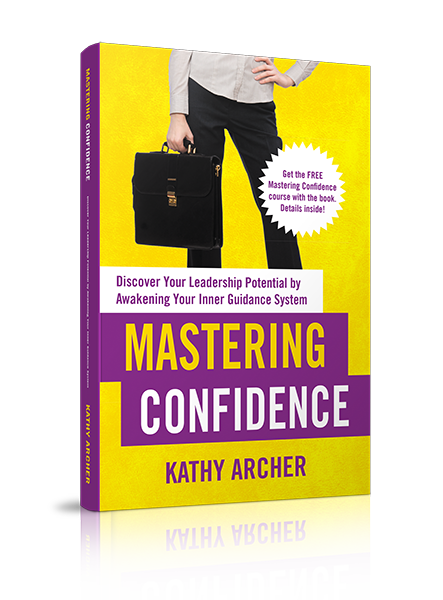
Available on Amazon
Archives
May 2024
|
|
Leadership TRAINING for Nonprofit Leaders
Become a confident and competent nonprofit Leader: Join The Training Library membership Executive and Leadership COACHING Leadership Coaching for Nonprofit Executives, Leaders and ManagerCoaching |
PODCAST for Nonprofit Leaders
The Surviving to Thriving podcast: Strategies, systems and support to lead your nonprofit with confidence FREE RESOURCES to Grow your Leadership Skills Free Leadership Training Resources, Worksheets and Templates |
Become a CONFIDENT LEADER
|

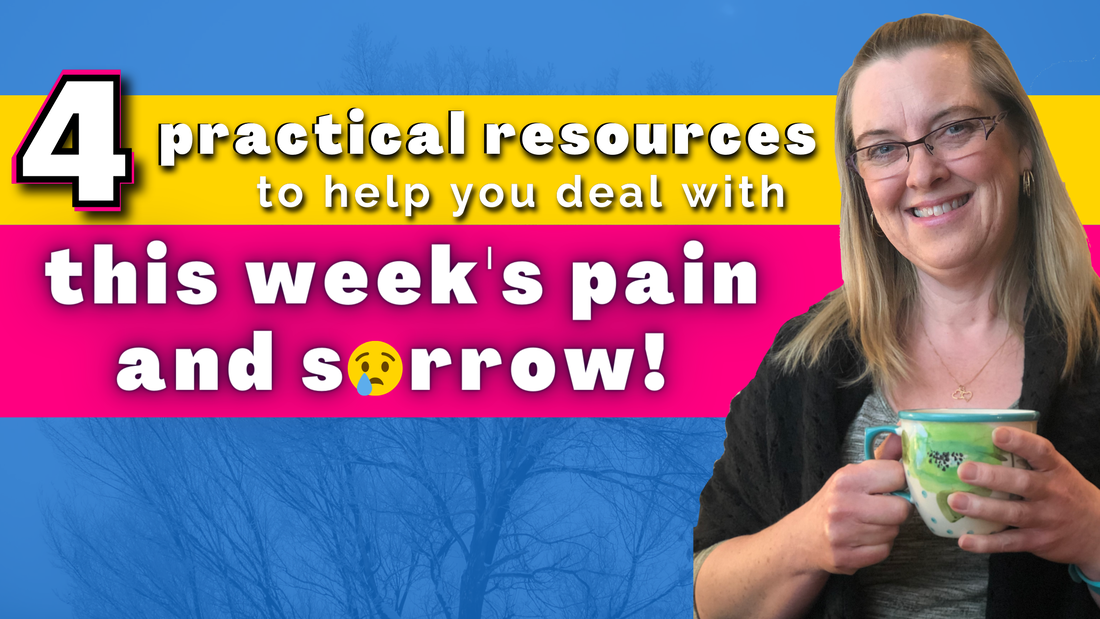
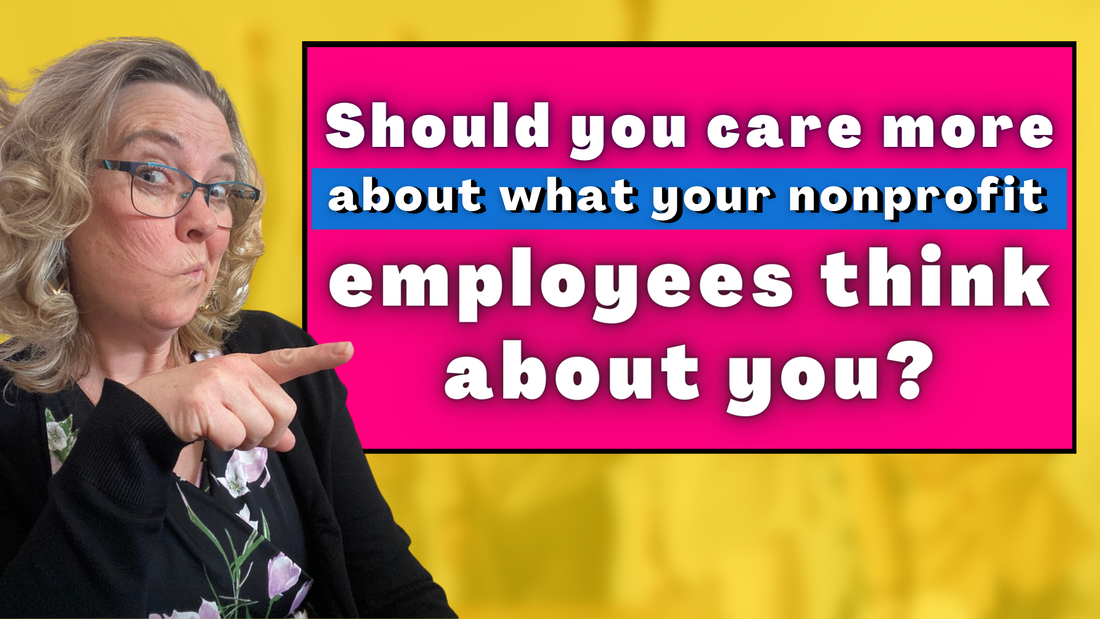
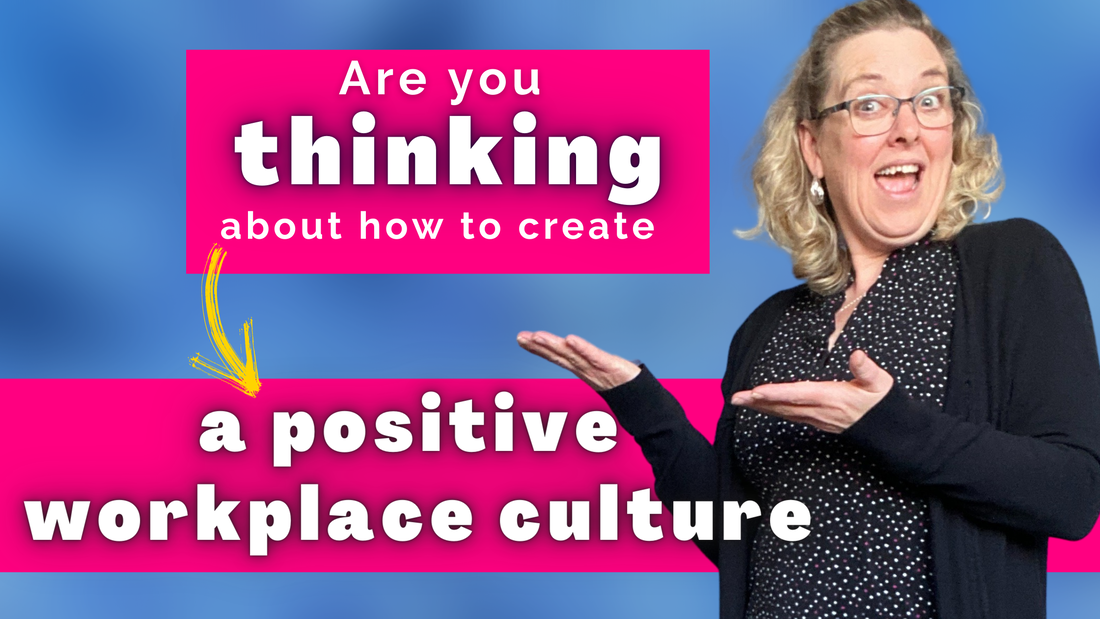

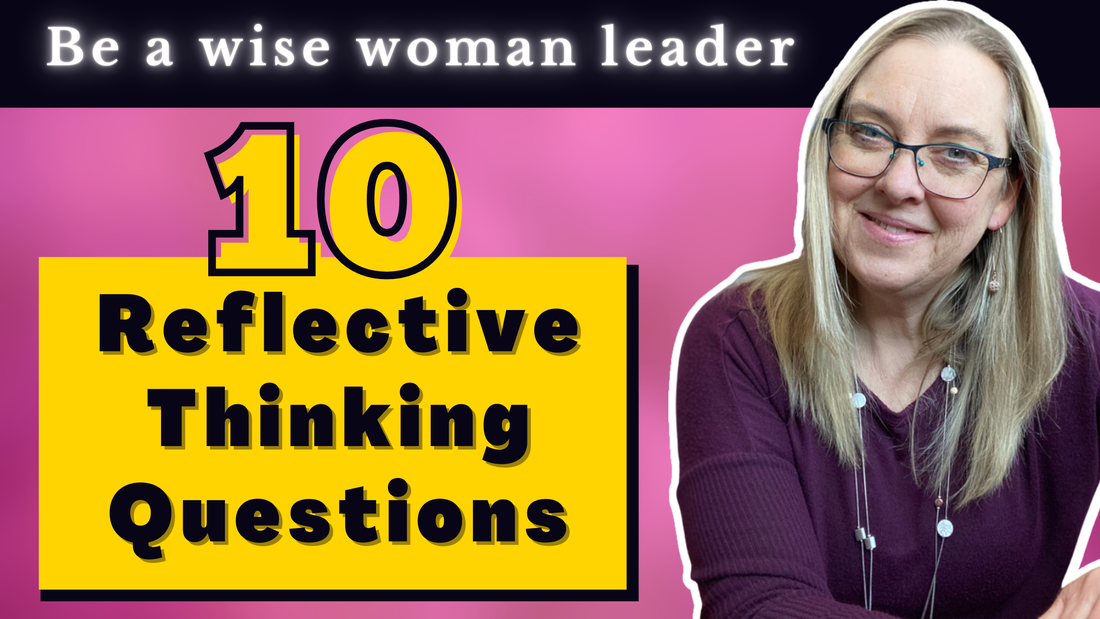

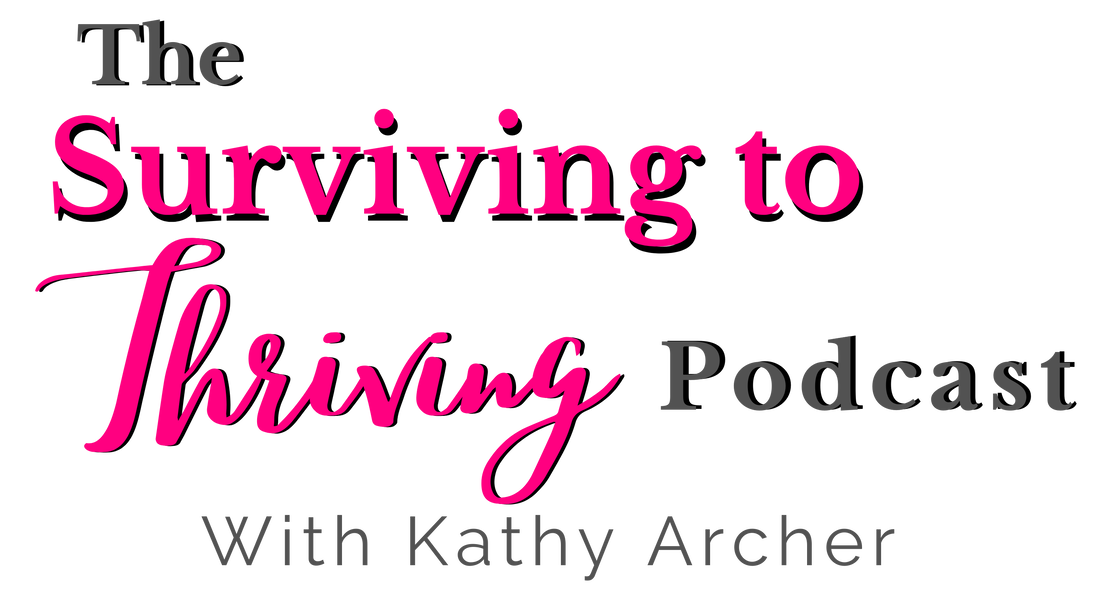
 RSS Feed
RSS Feed
